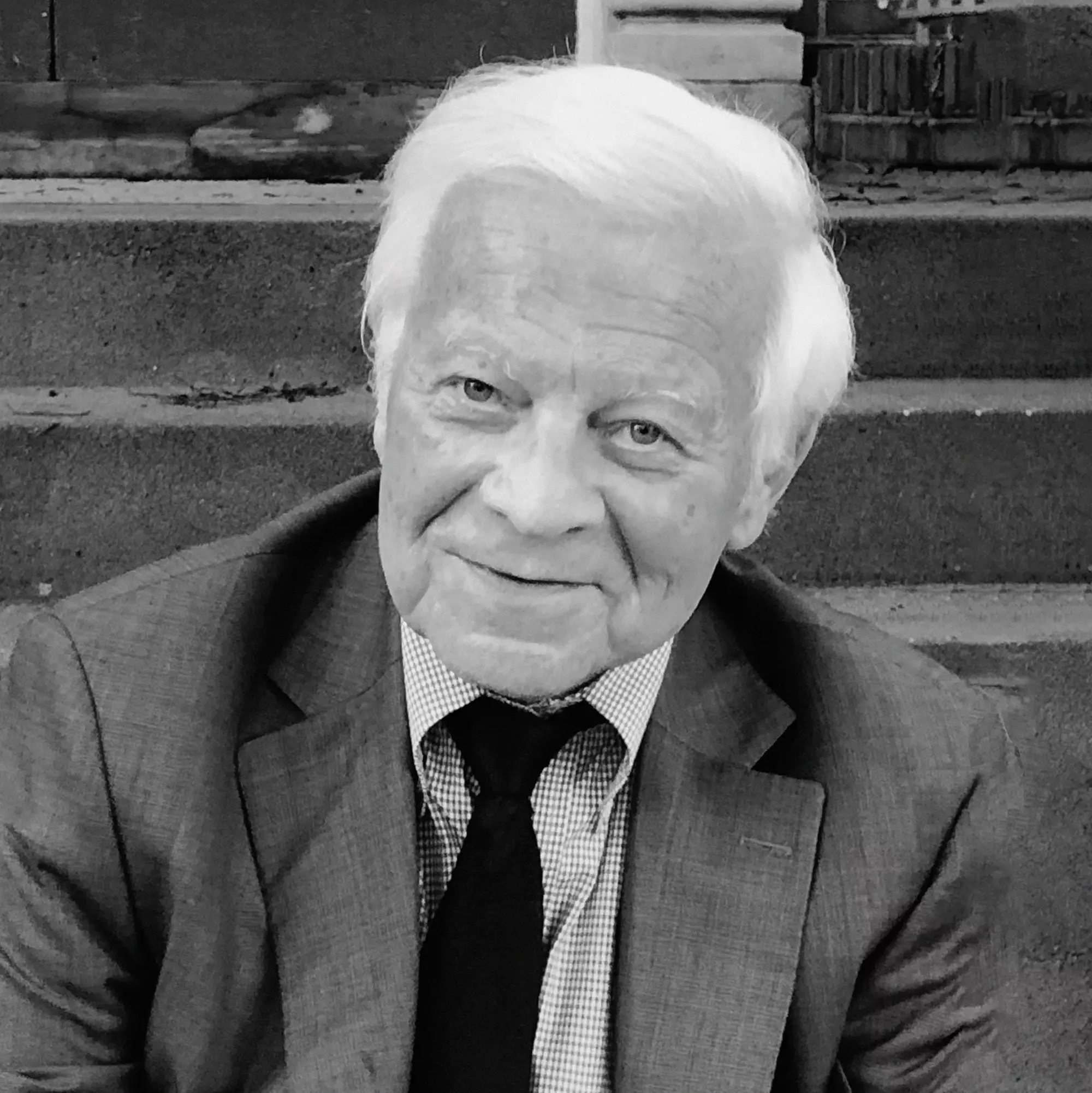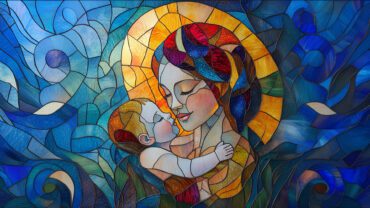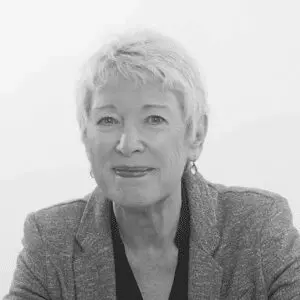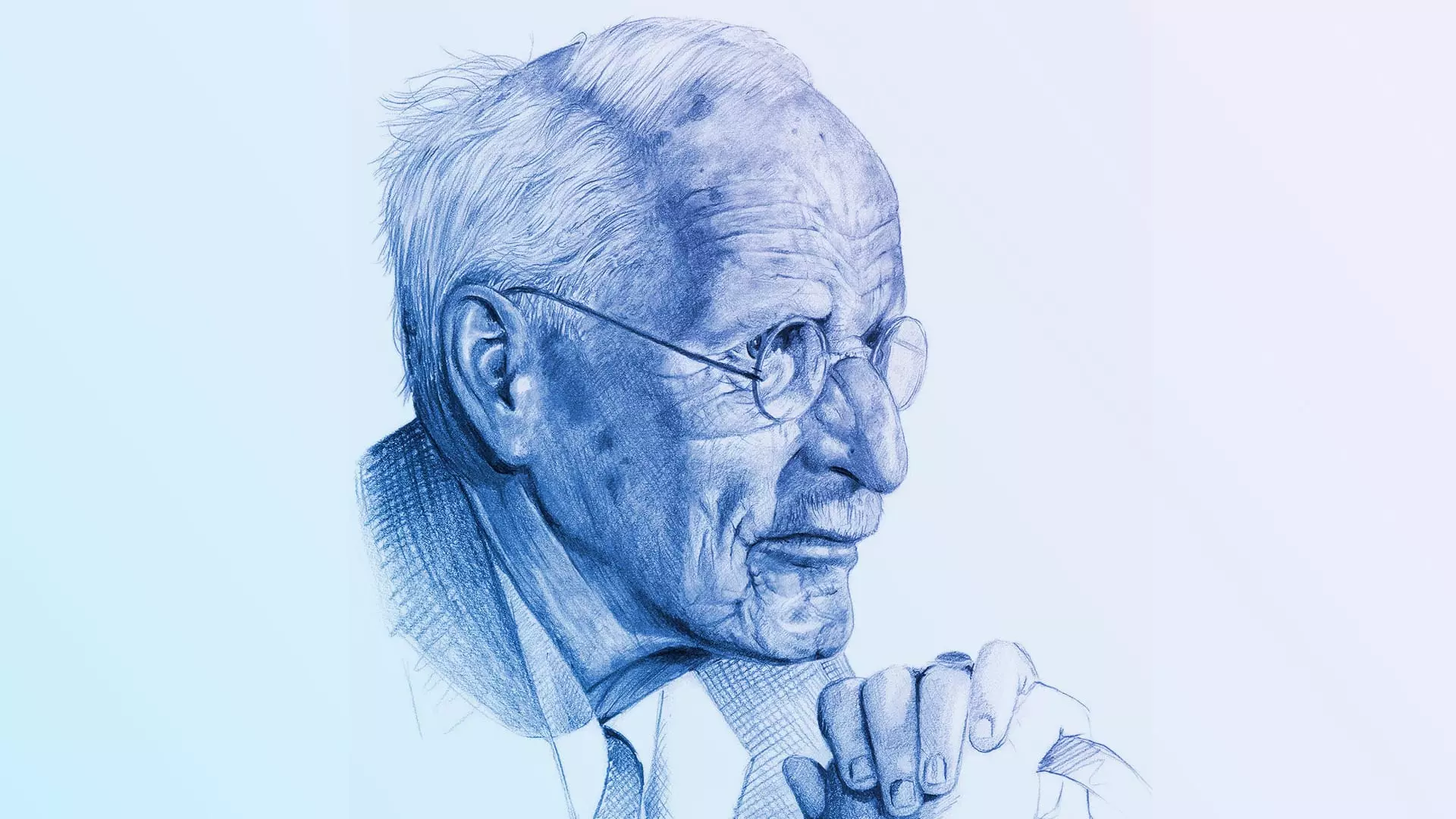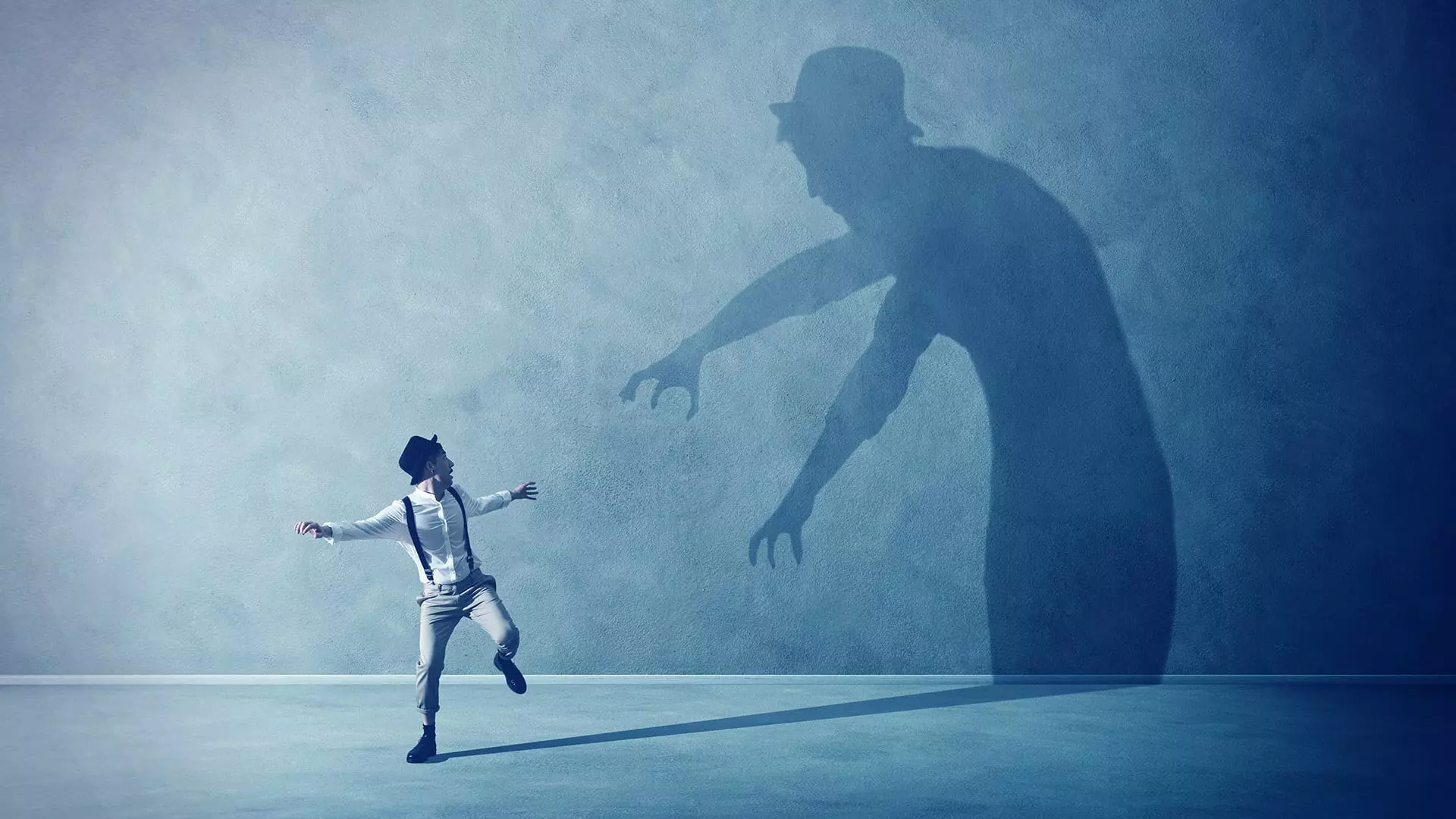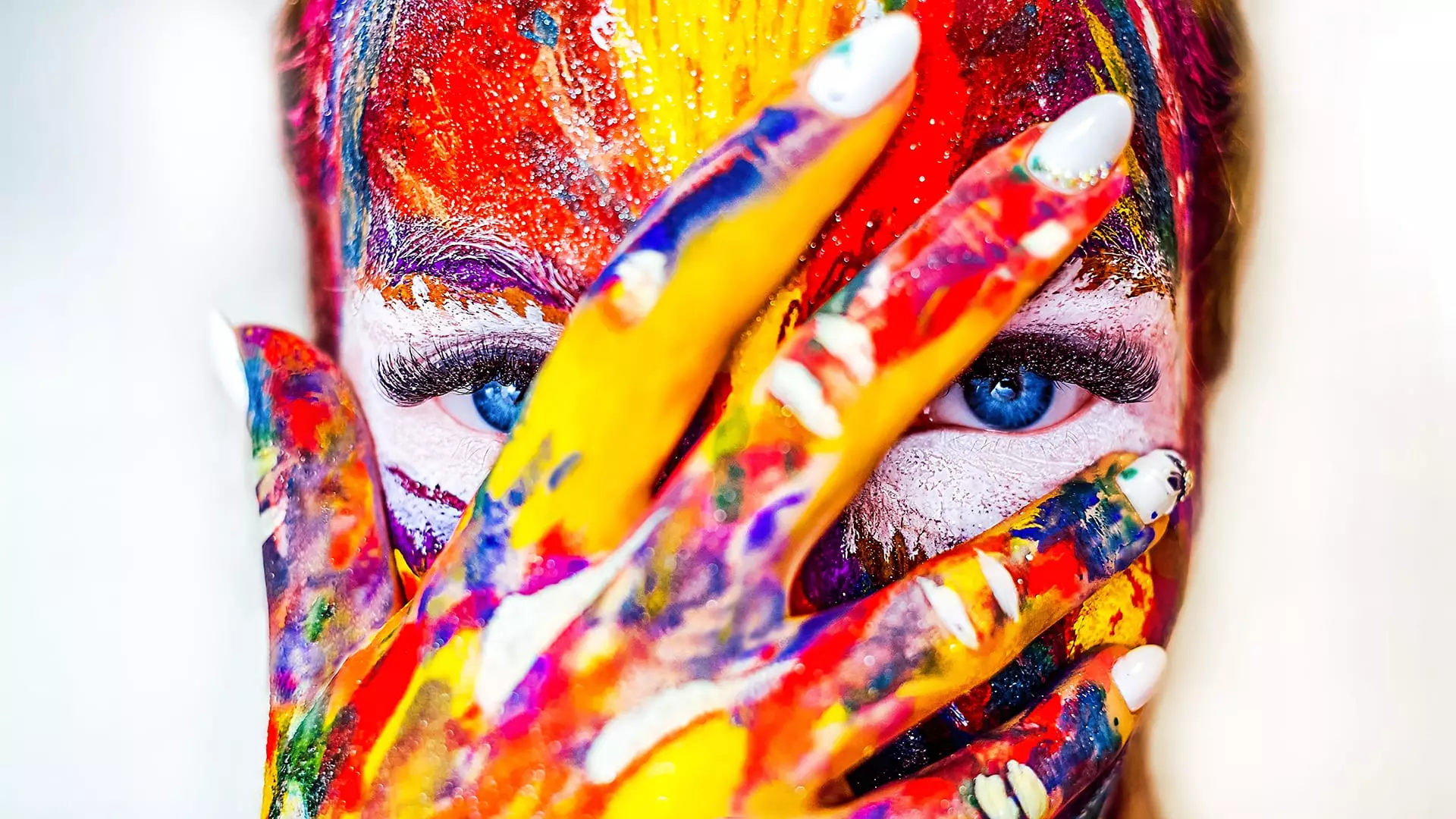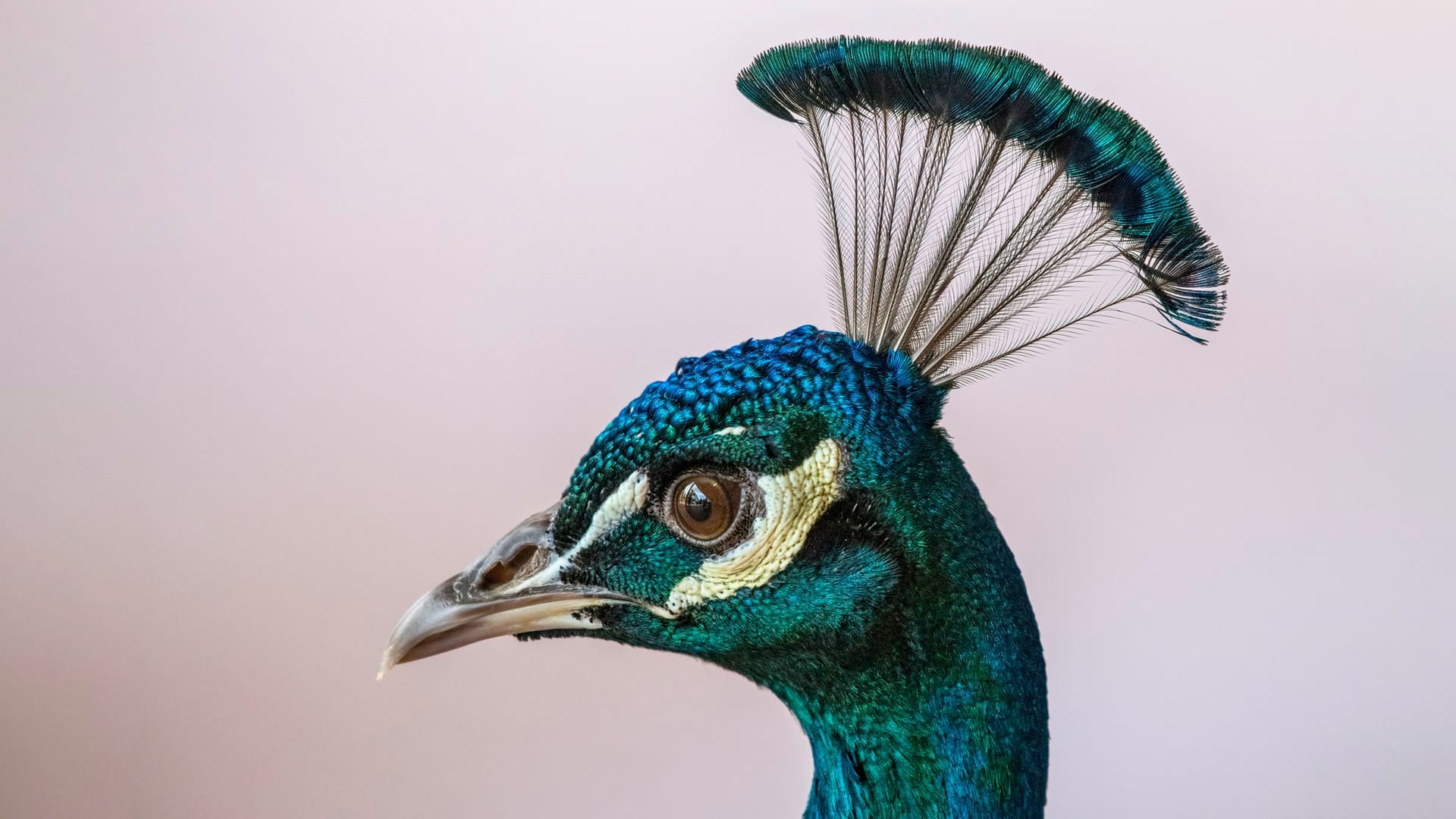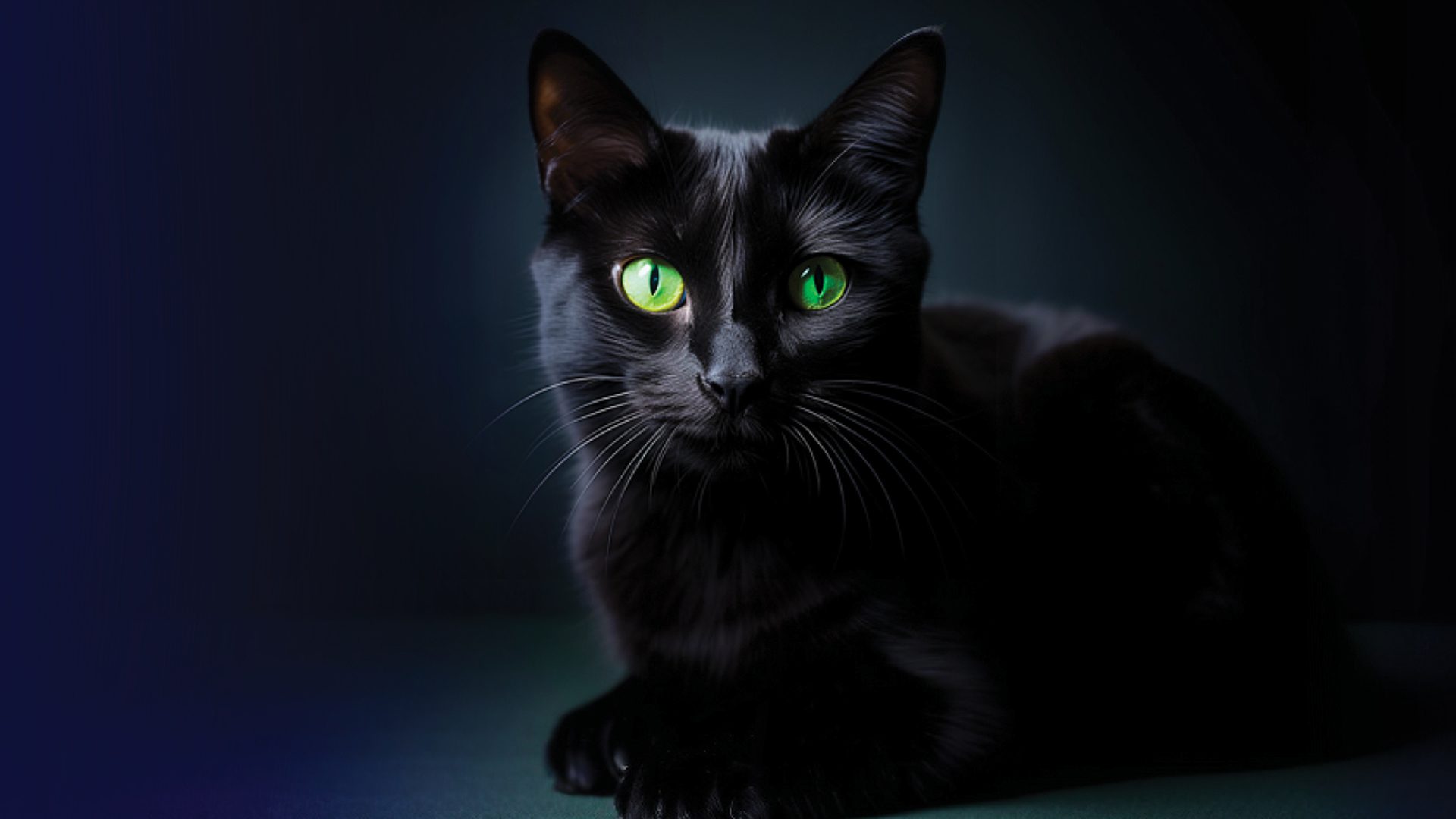
Enter Psyche’s realm through fairy tales
Explore the world of psychological insights tucked away in fairy tales in this 8-class audio course with James Hollis. Dive deep into how myths and fairy tales are more than just stories—they’re windows into the human psyche. By revisiting these so-called children’s stories as adults, we find dramatic illustrations of contemporary adult neuroses – and the agenda for growth to which they bring us. Beyond the surface, these stories reflect the healing strategies of the psyche and offer the keys to the kingdom of wholeness.
8 Class Course
1hr 20 mins
What you will receive
8 Audio recordings
Companion Guide
Access to your own Jung Platform account where all the content you've purchased will be stored.
Course Description
How can we see the unconscious? How can we see what’s invisible? The answer is, we can’t until it becomes visible. Carl Jung says myths and fairytales give visible expression to unseen unconscious processes. And their retelling causes these processes to come alive again and be recollected. The retelling also reestablishes the connection between the conscious and the unconscious.
When we look at fairy tales, we are examining what is essentially projective material. Projection is a mechanism whereby interior energy- scripts, scenarios, patterns, motives and agendas– leaves that subjective state and enters the world, imposing itself upon external realities. In the case of fairy tales, it imposes itself upon narrative, language, and story.These stories are reflective of our inner process.
Fairy tales have endured for generations because they resonate with fundamental aspects of the human experience. They are considered one of the simplest and purest expressions of the collective unconscious. They address themes of love, loss, transformation, and the search for meaning, making them a rich source for exploring and understanding the human condition. If you want to understand your dreams, what’s happening intrapsychically and what’s happening in the culture, turning to fairy tales can yield beautiful results.
Here, James Hollis turns a Jungian lens on fairy tales, connecting a myriad of Jungian concepts and ideas while bringing to new life 10 jewels from the world of fairytales. As always, Hollis’s remarkable quality as a teacher- to guide you through the material at hand without being imposing- shines through. He is generous in sharing anecdotes from his life and work, in his engaging, gentle and witty manner.
These audio recordings are in the format of a discussion: enjoy Hollis’ interaction with the audience as well as the numerous questions and comments that are sure to assist you as you delve into the captivating world of fairy tales.
This program is being offered by the Jung Center of Houston and the Jung Platform. The original recording of this lecture took place at the Jung Center. The recordings have been remastered and the classes are available now.
This course is ideal if
- You want to know why Jungian Psychology emphasizes the study of fairy tales.
- You would like to learn how to approach a story from a Jungian perspective.
- You’re interested in understanding how fairy tales can serve as a tool for self-reflection and self-discovery.
- You enjoy the programs of James Hollis. You can find more here.
Course Overview
Class 1
In this class, Hollis starts by telling his own story of how he came to appreciate the importance of fairy tales in understanding the human psyche. He then lays out the connection between fairy tales and Jungian psychology and what each brings to the other. He offers insight into common Jungian concepts like the collective unconscious, complexes, archetypes, projection, compensation, amplification and the transcendent function.
Class 2
In this class, Hollis continues to help us cultivate an attitude that we can take into the following classes where we will begin looking at specific fairy tales. He reminds us about the importance of thinking symbolically and metaphorically. He lays out the basic structure of fairy tales and a methodology for interpretation.
Class 3-8
In these classes you can enjoy the discussions between Hollis and the audience about the stories that he has handpicked for this course. What questions can we ask when we are looking at fairy tales? How do we see the motifs and images in the context of our own lives? How do we see motifs in the story as psychological motifs? Hollis helps us see from two vantage points: the objective view and the subjective view.
In class 3, The Girl With No Hands is discussed at length.
In Class 4, we look at the story of Iron Hans.
In class 5, we delve into The Frog King and The Story of the Youth who Went Forth to Learn what Fear is.
In Class 6, we discuss The Blue Light and Rapunzel.
In class 7, we explore the famous Sleeping Beauty/Little Brier-Rose tale and King Thrushbeard.
In class 8, we end this series with Little Snow White and The Goose Girl.
Links to all stories can be found in the Companion Guide for this course. We suggest that you read each story before listening to the corresponding class.
Recommended Reading:The Interpretation of Fairy Tales by Marie-Louise von Franz
By the end of this course you will
- Understand what a Jungian view of fairy tales looks like.
- Appreciate how important fairy tales can be in understanding the workings of the human psyche.
- Learn how to read fairy tales with a symbolic eye.
- Be able to engage with fairy tales as a means of inner exploration.
Scholarships
We here at Jung Platform want to make these programs available to anyone. If you would love to participate yet can’t pay for the full course, then please send us an email at [email protected] and describe why you feel you qualify for a scholarship, how much you can pay, and what you will do to help the Jung Platform promote this and other programs.
The Jung Platform Guarantee
We stand by our programs. If within 30 days of your purchase or the live course start, you're not satisfied, we offer a replacement or a full refund.
